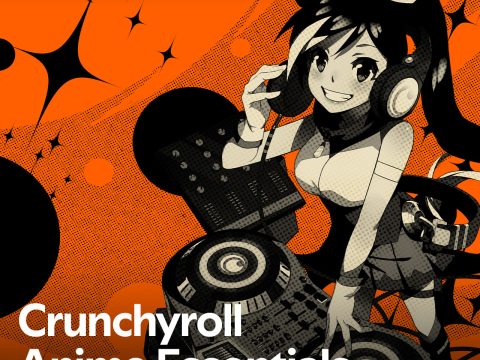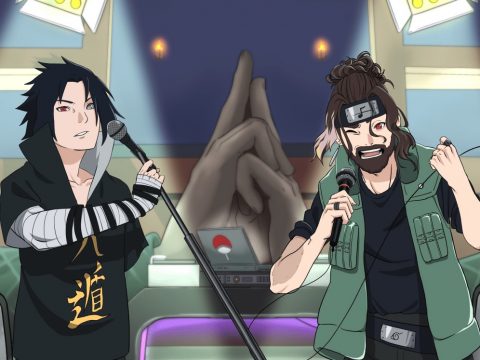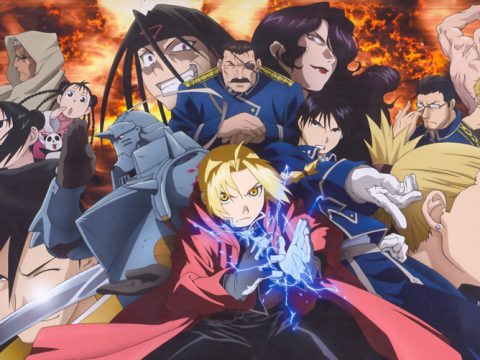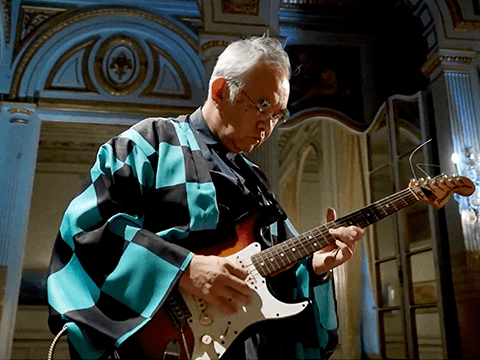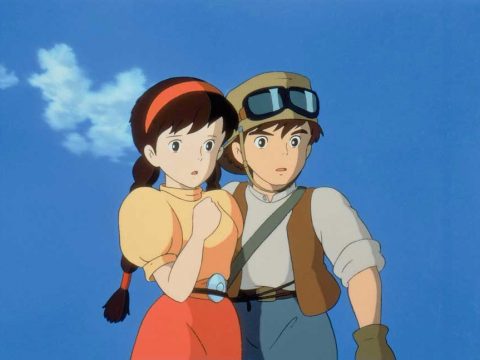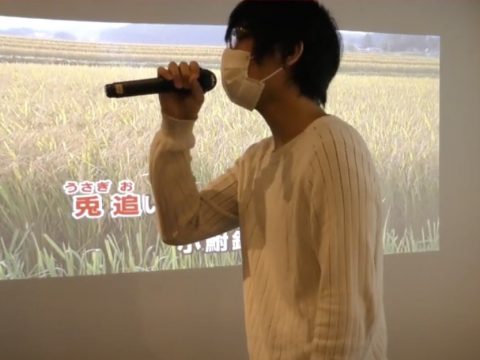Japanese popular music outside of Japan used to be a mysterious and obscure no-man’sland accessible only to record collectors and people with enough money to blow on pricey imports. But now, thanks to YouTube, it’s as easy as punching the following names into a search engine to get a sense of pop and rock’s evolution in the Land of the Rising Sun. With such unlimited resources now just a click away, we offer the following roll call of Japanese boy bands, beginning in no particular order with …
1. The Tigers
During the late 1960s, America had the Monkees and the UK had the Beatles. But over in Japan, the leading local merchants of teen freakbeat were The Tigers, five lads dedicated to making youth believe that all you needed were tight trousers and long hair to enter the pop sweepstakes. The music wasn’t half bad either, and The Tigers ruled the charts with songs like “C-C-C,” in which lead singer Kenji Sawada informed the listening public, “I’m so high.” As if to prove it, once The Tigers broke up in the 70s, Sawada liberally applied eyeliner and lipstick, insisted everyone call him “Julie,” and promptly sold more records than The Tigers ever did!
 2. The Chanels
2. The Chanels
Direct from “the funky streets of Omori,” The Chanels spent the 80s imitating the sounds of American doo-wop and R&B. Unfortunately, they took the job a little too seriously as most of the band performed in offensive minstrel-esque blackface. The Japanese public proved to be just as ignorant of racial sensitivity as The Chanels were, and their singles “Tonight” and “Hurricane” dominated the charts. The band did get into hot water, though, but not because of their adopted skin color. One member was repeatedly arrested for being a peeping tom and others were caught with underaged groupies. But instead of changing their act, The Chanels merely changed their name to “Rats&Star” and lived to croon another day. As recently as 2006, members could be seen on TV performing “Hurricane” still flaunting the ill-advised Jazz Singer look.
 3. C-C-B
3. C-C-B
Ah, the 80s �� peroxide hair, sweatbands, shoulder pads, and wheezing keyboards. Boy band C-C-B (whose full name deciphered as “Coconut Boys”) was an undisputed master of all four mediums. Ingratiatingly catchy hits like “Lucky Chance mo ichido” and “Naimononedari no I Want You” would win C-C-B no praise from music critics, but less demanding teenyboppers were bowled over. But as their fan base began to grow up, C-C-B started to sound like the epitome of everything that was wrong and embarrassing about bubble economy-era J-pop. They managed to find some redemption, though, when their 1985 hit song “Romantic ga tomaranai” was prominently featured on the recent Densha Otoko TV drama
4. The Cools
Japanese pop acts had traditionally been as well behaved as a basket of kittens until the The Cools showed up in the mid-70s. Roaring onstage in concert astride Harley Davidson motorcycles, this eight-member strong pack of greaseballs flaunted tough-guy attitude and bad boy charm in spades. Studiously clad in leather and pomade, they belted  out early R&R classics like “Long Tall Sally” and originals like “First Is Machine, The Second Is You” while girls in poodle skirts fainted around their vintage Levi’s jeans. Rebellious and mean tempered, the band required no lessons in method acting when they appeared in the 1974 film Violent Classroom sniffing paint thinner and reading porno mags in class. The title of their best-of record handily put their legacy in perspective for future generations: Everything We Said Was Cool.
out early R&R classics like “Long Tall Sally” and originals like “First Is Machine, The Second Is You” while girls in poodle skirts fainted around their vintage Levi’s jeans. Rebellious and mean tempered, the band required no lessons in method acting when they appeared in the 1974 film Violent Classroom sniffing paint thinner and reading porno mags in class. The title of their best-of record handily put their legacy in perspective for future generations: Everything We Said Was Cool.
5. Hikari Genji
It’s hard to imagine a better, more potent, symbol of Japan’s remarkable ascension to economic power in the postwar era than this: seven half-naked boys singing and dancing onroller skates. I repeat: seven half-naked boys singing and dancing on roller skates. It almost didn’t matter what their music sounded like, but a shocked and awed public snapped up late 80s singles like
“Stardust” and “Winning Run” anyway. Masterminded by pop Svengali Johnny Kitagawa, Hikari Genji helped set the  standard for the visually overwhelming concerts of successive “Johnny” acts like Tackey & Tsubasa and NEWS that are with us today. But few have matched the hallucinatory high standards set by Hikari Genji.
standard for the visually overwhelming concerts of successive “Johnny” acts like Tackey & Tsubasa and NEWS that are with us today. But few have matched the hallucinatory high standards set by Hikari Genji.
6. Godiego
Problem: During the late 70s, foreign rock music threatened to outsell domestic produced J-pop. Solution: Godiego, a bilingual Japanese band that not only produced original songs in the exotic tongue known as “English,” but who could count a genuine white boy among their number as well. The group wanted to be taken seriously as artists, but the biggest hits were mostly tie-ups with anime (such as their theme for the Galaxy Express 999 movie) and kids’ shows. Still, their song “Monkey Magic,” written for the much-loved Saiyuki (Monkey) TV show, is ensured a place in history-if not for its synthesizer supernova opening, then most deservedly for lyrics like “What a cocky saucy monkey this one is.”
7. Yokohama Ginbae
The Cools (see entry for number 4) may have set the standard for bad motor scooter rock in the 70s, but the following decade would require its own special breed of bike-riding grease monkeys. Yokohama Ginbae (full name: Crazy Riders Rolling Special Yokohama  Ginbae) celebrated the lowbrow speed-tribe lifestyle of the “yankii”-yellow trash from the suburbs who zipped around on choppers making ungodly amounts of noise. With songs like “Tsuppari Rock and Roll” and “Young Mama,” Yokohama Ginbae managed to make the sort of racket that could just barely be heard over their core audiences’ “oogah” horns. As such, they provided the soundtrack for uncountable acts of joyful juvenile delinquency.
Ginbae) celebrated the lowbrow speed-tribe lifestyle of the “yankii”-yellow trash from the suburbs who zipped around on choppers making ungodly amounts of noise. With songs like “Tsuppari Rock and Roll” and “Young Mama,” Yokohama Ginbae managed to make the sort of racket that could just barely be heard over their core audiences’ “oogah” horns. As such, they provided the soundtrack for uncountable acts of joyful juvenile delinquency.
8. YMO
Three rich kids with keyboard that managed to change the course of Japanese music. Since their 80s salad days, the Yellow Magic Orchestra’s pioneering techno sound profoundly influenced legions of knob-twirlers. They were a national treasure of sorts as early instrumental singles like “Rydeen” and “Technopolis” proved to be the equal of foreign monsters of robot rock such as Kraftwerk.  Even better, they were also the first (and last) Japanese band to ever hold court before a slightly baffled, but ultimately appreciative, audience on US TV’s Soul Train.
Even better, they were also the first (and last) Japanese band to ever hold court before a slightly baffled, but ultimately appreciative, audience on US TV’s Soul Train.
9. Finger Five
Okinawa’s Finger Five did everything in their pint-size power to convince the record- buying public that any resemblance between themselves and the similarly named and sounding Jackson Five was purely intentional. In hindsight, performing “ABC” live in concert wasn’t such a good idea, especially since lead vocalist Akira (the one in the “hilariously” oversized glasses) sounded more like South Park’s Eric Cartman than Michael Jackson when straining for the high notes.  Still, several of the Finger’s original songs have become kitschy classics in their own right including their stirring ode to telephone stalking “Koi no dial 6700.”
Still, several of the Finger’s original songs have become kitschy classics in their own right including their stirring ode to telephone stalking “Koi no dial 6700.”
10. The Checkers
Japan’s answer to the New Kids on the Block, The Checkers made their media debut in 1983 in a hail of hair products and acid-washed jean jackets. There were seven members in all, although two were on the payroll to do nothing but dance on stage. Meanwhile, a team of hired songwriters provided the tunes. It would be easy to write off the band’s material as textbook examples of disposable teen pop, but the songs, especially “Giza-giza Heart No Komoriuta” and “Namida no Request,” remain inescapable in Japan to this day. Fans continue to clamor for a Checkers reunion, but such an event remains unlikely in light of how much all the ex-members all want each other dead (yes, even the dancers).


